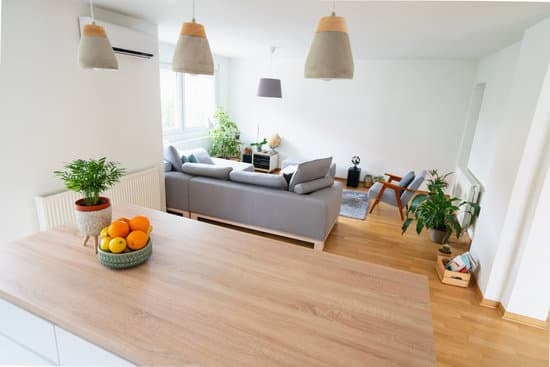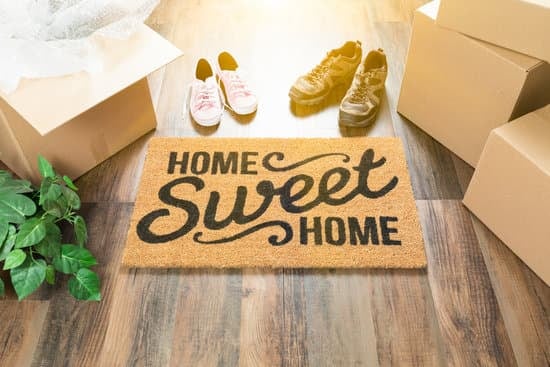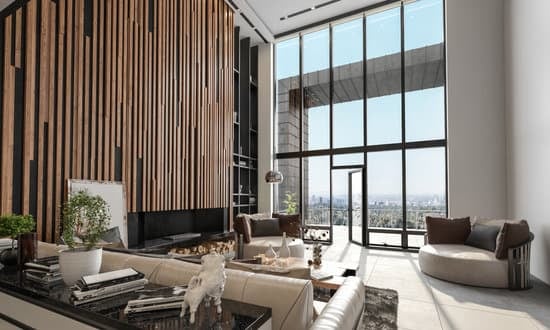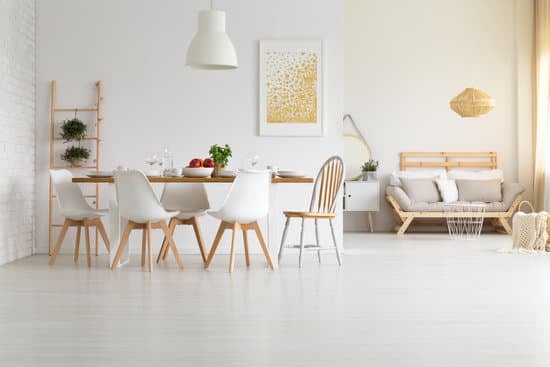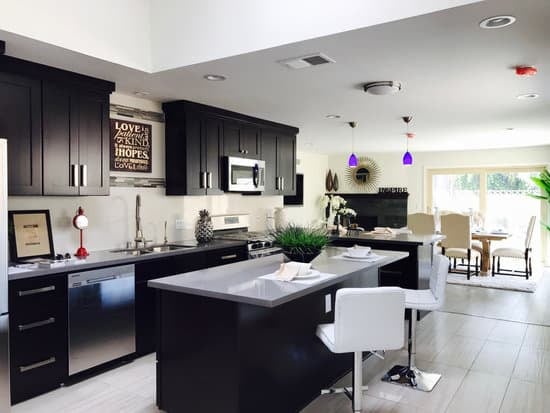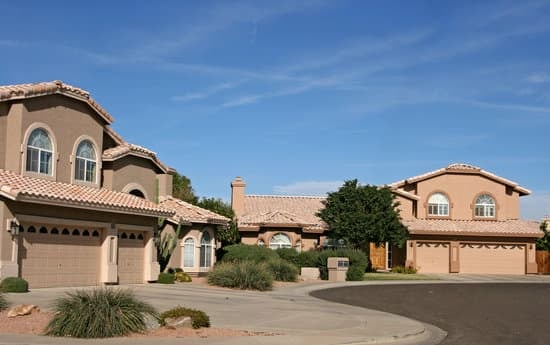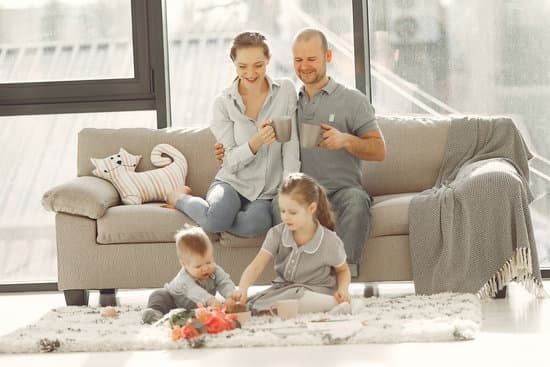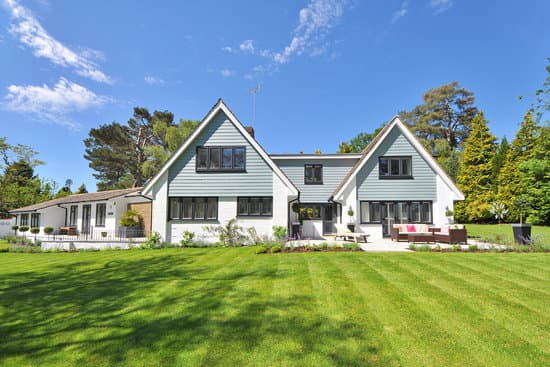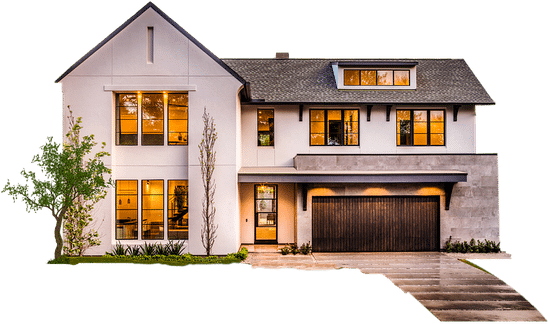The Strength of Prefab Houses
One of the biggest concerns that people have about prefab homes is whether or not they are strong enough to stand up to the elements and provide a long-lasting home. The good news is that prefab houses are very strong, and they are built to last. Unlike traditional stick-built homes, which may take months to construct on-site, prefab houses are built in a factory under controlled conditions, which results in a much stronger and more precise structure. Prefab houses are constructed using the same materials as traditional homes, including wood, steel, and concrete. However, what sets them apart is the modular construction process. The individual modules that make up a prefab house are built to be incredibly strong, with the walls and floors designed to withstand the stresses of transportation and installation.Material Selection for Prefab Homes
One of the key factors in the longevity of a prefab house is the selection of materials used in its construction. The materials used can impact the durability, energy efficiency, and overall cost of a prefab home. Some of the materials commonly used in prefab construction include:- Structural Insulated Panels (SIPs) – a type of panel that consists of rigid foam insulation sandwiched between two layers of structural board.
- Steel – a strong and durable material that is often used in the framing of a prefab house.
- Concrete – a material that is commonly used in the foundation and subfloor of a prefab house.
- Timber – a renewable and sustainable material that is often used in the framing of a prefab house.
Firm Manufacturing of Prefabricated Modules
The firm that manufactures the prefab modules is another important factor in the longevity of a prefab house. A reputable and experienced firm will adhere to the highest standards of quality control during the manufacturing process, ensuring that each module is built to last. One way to gauge the reputation of a prefab manufacturer is to look at their track record. Have they built successful prefab homes in the past? Do they have positive customer reviews and testimonials? It is also important to consider the level of customization that a prefab firm can offer. A firm that can work with clients to design and build custom prefab homes is more likely to produce a home that meets the specific needs and preferences of the homeowner.Layout Considerations for Long-Lasting Prefab Houses
Another key factor in the longevity of a prefab house is the layout of the home. A well-designed layout can ensure that the prefab house remains functional and livable for many years to come. Things to consider when designing the layout of a prefab home include:- Maximizing natural light and ventilation.
- Creating functional and efficient spaces.
- Incorporating storage solutions to reduce clutter.
- Designing for energy efficiency, such as incorporating passive solar design and high-performance windows and insulation.
Why Prefab is a Strong Choice for Homes
There are many reasons why prefab homes are a strong choice for homeowners. Some of the top reasons include:- Speed of construction – prefab homes can be built in a fraction of the time it takes to construct a traditional home.
- Quality of construction – prefab homes are built in a factory under controlled conditions, resulting in a stronger and more precise structure.
- Cost savings – prefab homes can be more affordable than traditional stick-built homes, due to the efficiencies of the manufacturing process.
- Sustainability – many prefab homes are designed to be energy efficient and environmentally sustainable.
Factors Impacting the Longevity of Prefab Homes
While prefab homes are inherently durable, there are several factors that can impact their longevity. These include:- The quality of materials used in the construction of the home.
- The reputation and experience of the prefab manufacturer.
- The design and layout of the home.
- The regularity of maintenance and upkeep.




